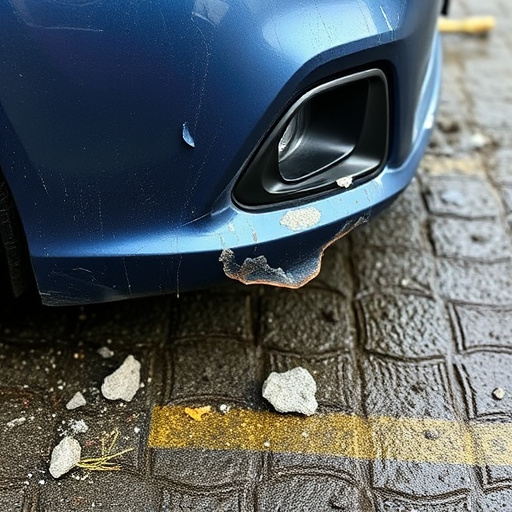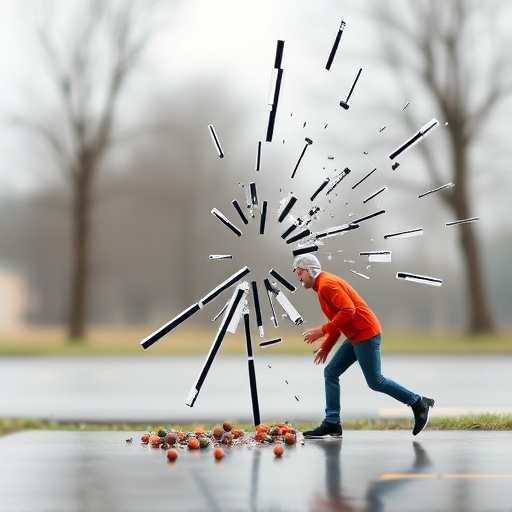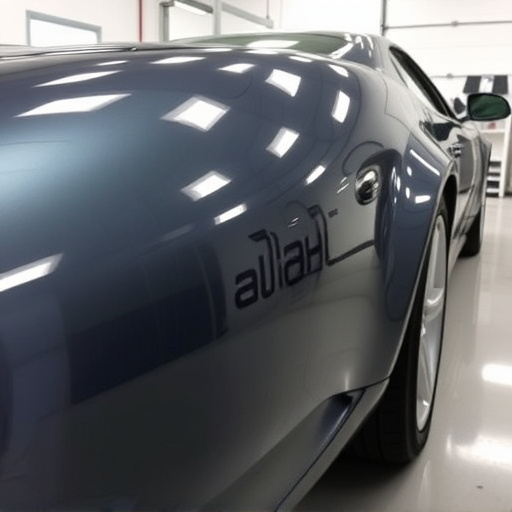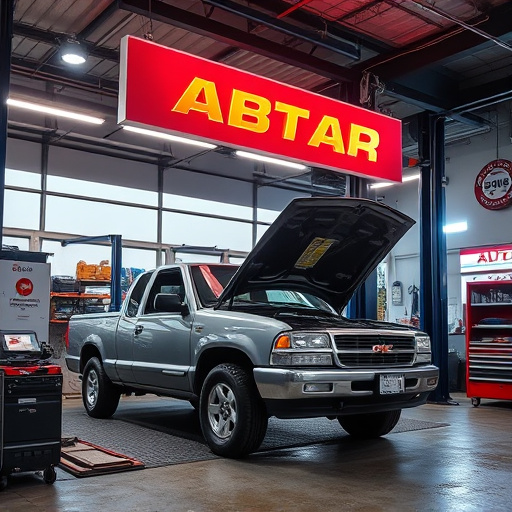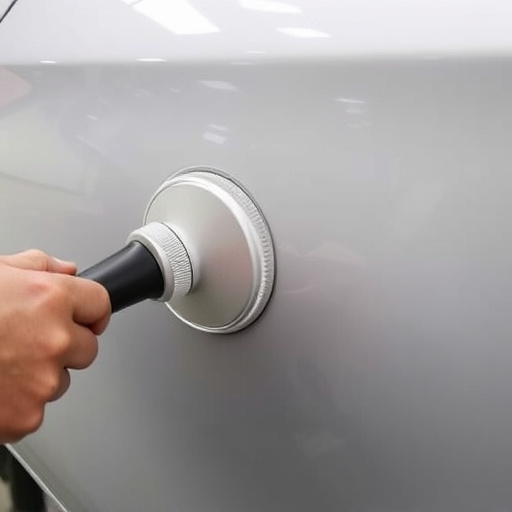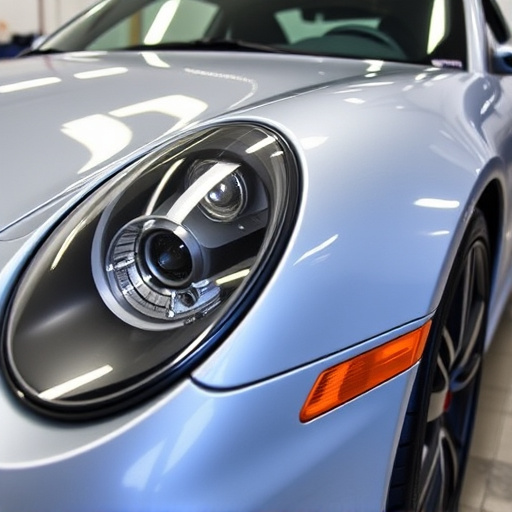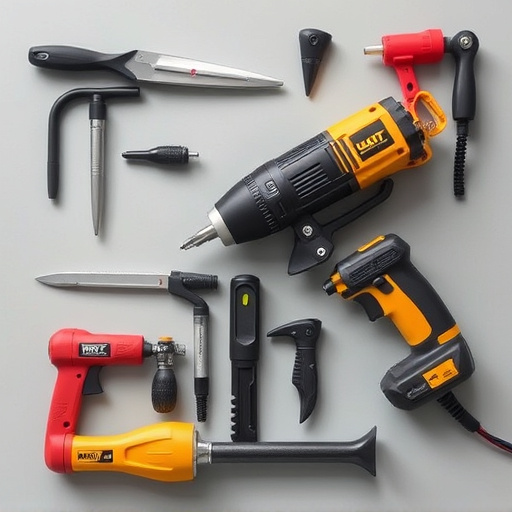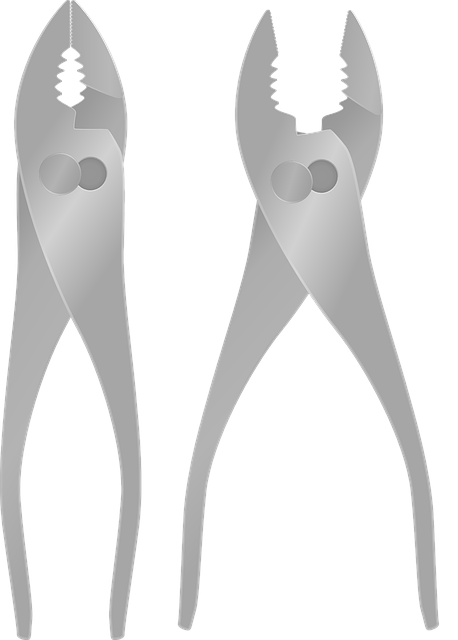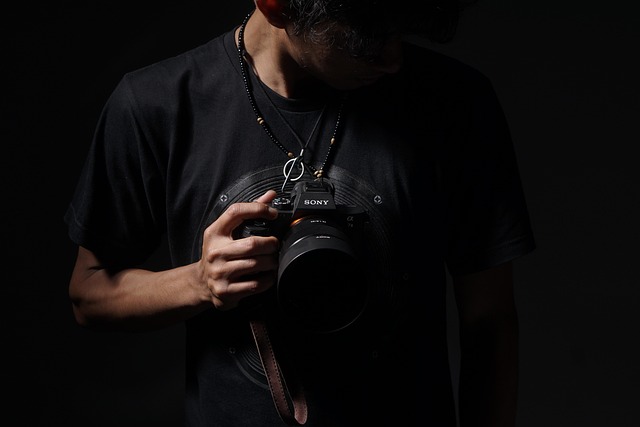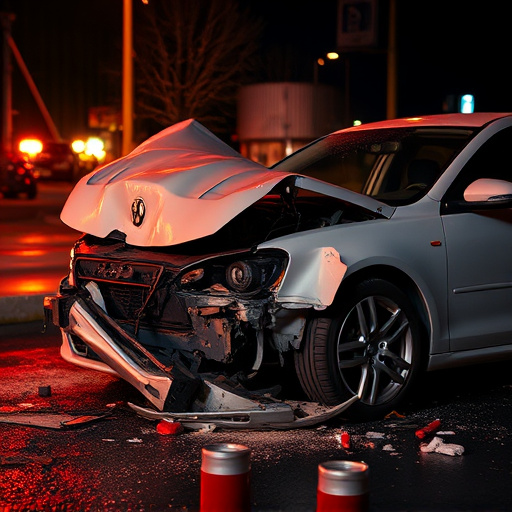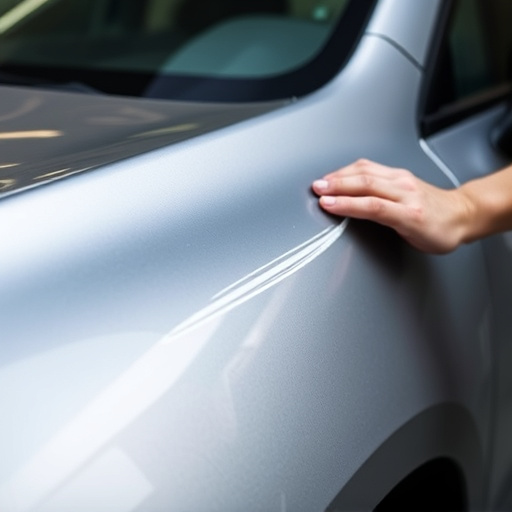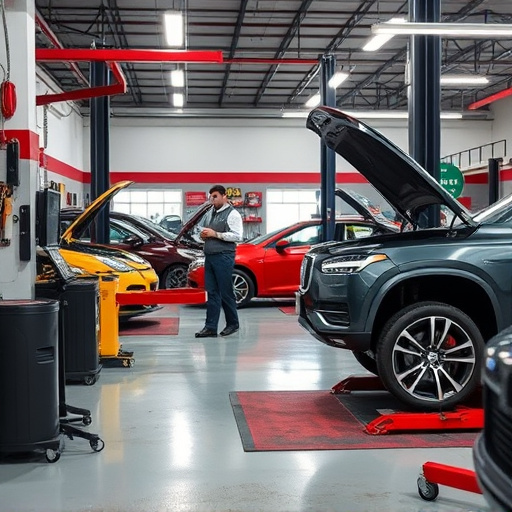Paint finish restoration expertly revives vehicle gloss, addressing minor scratches and swirls for a seamless look. This meticulous process requires skilled technicians and specialized tools to match factory finishes, crucial for luxury cars' aesthetic value protection. Distinguishing from paint correction, it focuses on surface-level imperfections, demanding precision for modern auto painting techniques.
In the realm of automotive aesthetics, choosing between paint finish restoration and paint correction is a delicate decision. This article guides you through these artful processes, offering insights into their distinct techniques and ideal applications. Understanding the basics of paint finish restoration and exploring the various paint correction methods will empower car enthusiasts to make informed choices for their vehicles’ flawless finishes. From revitalizing damaged surfaces to achieving spotless clarity, we delve into the best practices for each approach.
- Understanding Paint Finish Restoration Basics
- The Art of Paint Correction Techniques
- When to Choose Each: Restoration vs. Correction
Understanding Paint Finish Restoration Basics
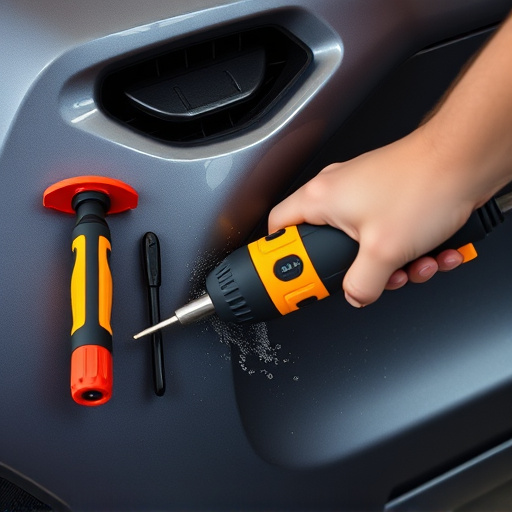
Paint finish restoration is a meticulous process that aims to revive the original gloss and protect the paintwork of a vehicle, often damaged by everyday wear and tear or more severe incidents like vehicle collisions. It involves removing minor imperfections, such as scratches, swirls, and orange peel, to create a smooth, seamless surface. This technique is particularly crucial for luxury vehicle repair, where maintaining the car’s aesthetic value is paramount.
The process typically starts with a thorough inspection to identify the extent of damage. Skilled technicians then employ various tools and compounds to buff away defects, ensuring a flawless finish. Unlike paint correction, which focuses on addressing deeper scratches and imperfections, paint finish restoration targets the surface-level issues that can significantly impact a vehicle’s appearance. It’s an art that requires precision and expertise, especially when dealing with intricate paint jobs commonly found in modern auto painting techniques.
The Art of Paint Correction Techniques
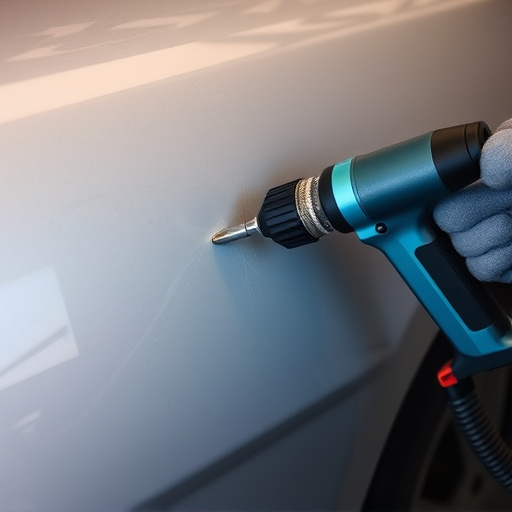
The art of paint correction is a meticulous process that involves various techniques to restore a car’s exterior to its original condition. It goes beyond simple detailing; it’s about enhancing the paint finish, correcting imperfections, and revealing the true radiance of the vehicle’s body. Skilled technicians employ a range of tools and compounds, from fine polishing pads to cutting-edge compound polishes, to remove minor scratches, swirls, and other defects. This meticulous approach ensures that every curve, contour, and crevice is flawless, making the car look as good as new.
Imagine a fender repair or frame straightening process, where precision meets artistry. The car body shop becomes a canvas, and the technician, an architect of perfection. Using specialized equipment and knowledge of paint chemistry, they can match the original factory finish exactly, blending seamlessly with the rest of the vehicle’s exterior. This level of craftsmanship not only enhances the car’s aesthetic appeal but also protects its value over time, making it a must-consider option for anyone prioritizing top-tier paint finish restoration.
When to Choose Each: Restoration vs. Correction
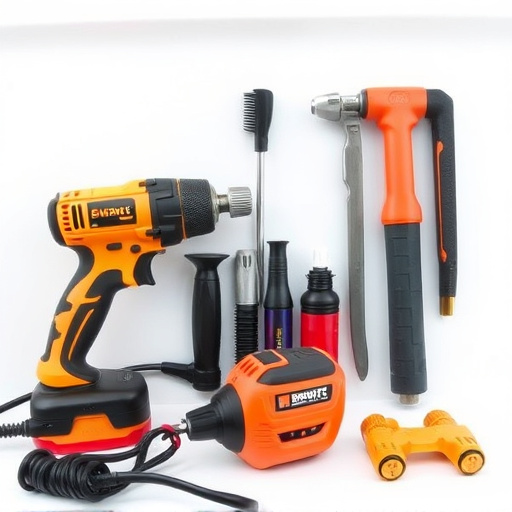
When deciding between paint finish restoration and paint correction, understanding the state of your vehicle’s exterior is key. If your car has significant scratches, swirls, or dents that have impacted the overall finish, paint finish restoration is often the best choice. Restoration involves rebuilding the paint job to its original condition, which can be ideal for vehicles with moderate to severe damage. Autobody repairs experts will need to smooth out imperfections, fill in any depressions from dents or scratches, and then apply a new coat of paint, ensuring an immaculate finish.
On the other hand, paint correction is a more subtle process suitable for minor scuffs, clear coats with light scratches, or areas that require touch-ups. It focuses on improving the existing paint by removing slight imperfections, enhancing its gloss, and restoring a smooth surface without altering the original color. This method is often employed in vehicle body shops to bring back the car’s lustre after everyday wear and tear or minor incidents like door dings.
In the realm of automotive aesthetics, choosing between paint finish restoration and paint correction is akin to deciding between a complete overhaul and a subtle touch-up. Paint finish restoration involves reviving severely damaged or faded surfaces, returning them to their original state. On the other hand, paint correction focuses on minimizing minor scratches and swirls, enhancing the overall smoothness of the existing finish. Both methods are game-changers in their own right, but understanding your vehicle’s needs will dictate whether a restorative approach or a corrective one is the better choice for achieving that showroom shine.
